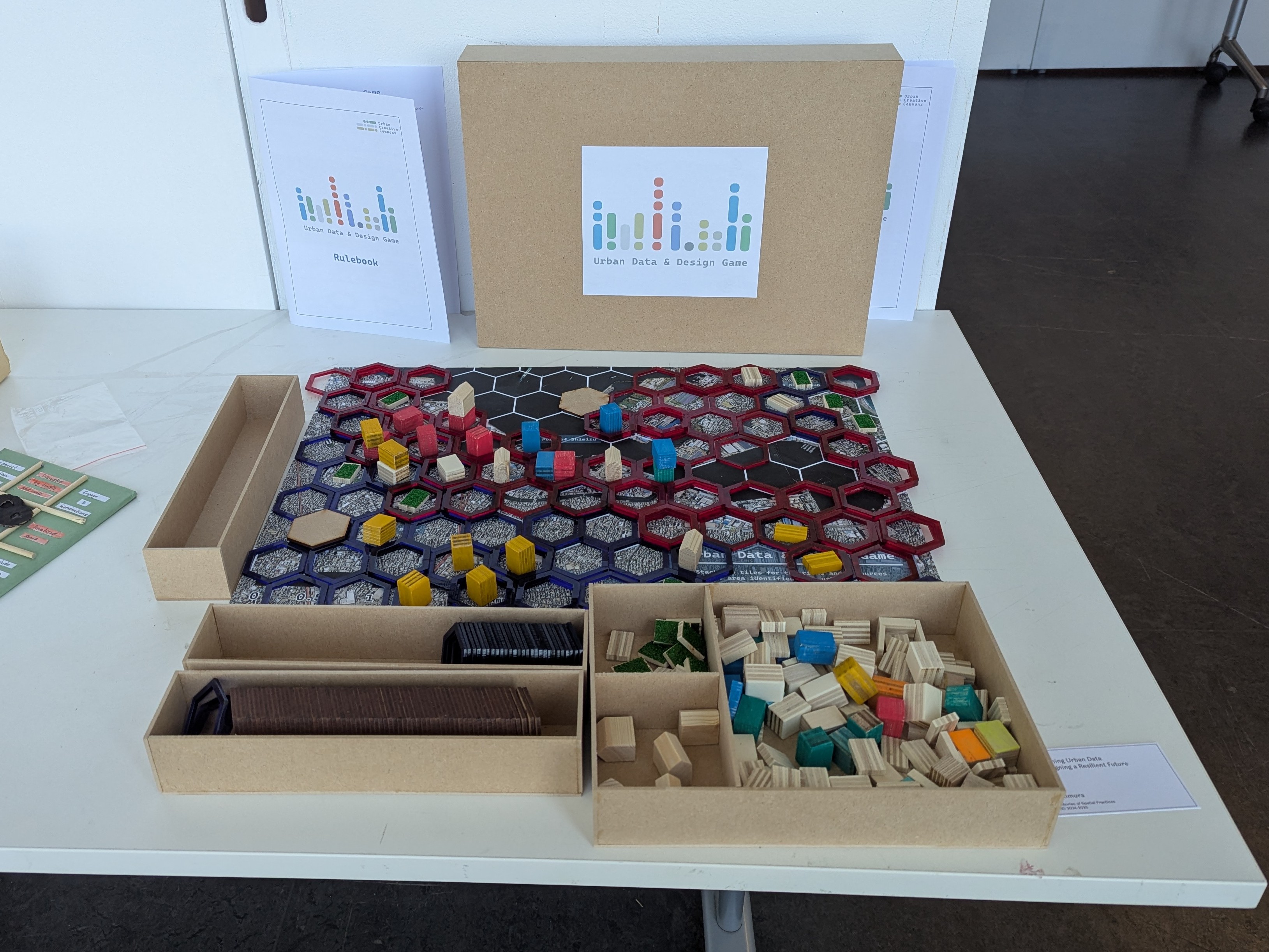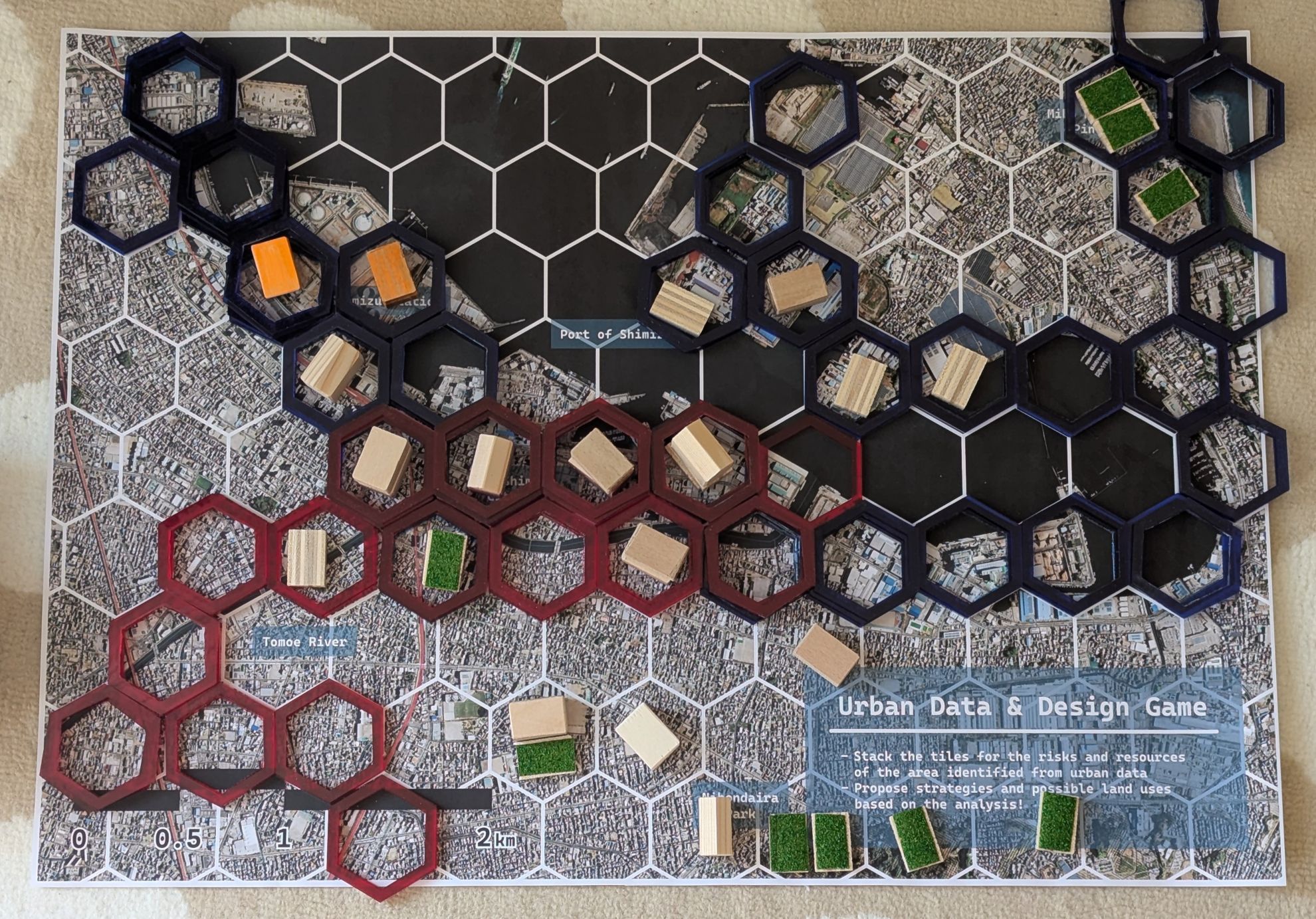Urban Creative Commons

Overview
“Urban Creative Commons” is a speculative urban design practice that aims to bridge the gap between the stream of urban data analysis and the field of placemaking and urban design. We aim to close the divide between those with and without access to the overwhelming datasets of the modern era.
This is an imaginatory project conducted as part of the Trajectories of Spatial Practices module at the University of Sheffield, speculating an urban design practice that symbolizes our future stance. Urban Creative Commons conveys the message of intersecting urban spatial analysis with the design of physical spaces and stakeholder engagement, the two fields I aim to address in the future.

The Context
Shimizu Ward, Shizuoka is a harbour city located in central Japan within the industrial ‘Pacific Belt’. The strategic location within the industrial belt ranks the Port of Shimizu 9th in Japan by trade value; the proximity to Mount Fuji awarded the Port as one of the three most beautiful harbours of Japan along with Nagasaki and Kobe.
The city faces multiple risks of severe natural disasters, notably earthquakes, tsunamis, and flooding. Combined with the population estimates to halve in 50 years, the city requires considerate planning to transition into the next phase.
The Speculative Game
The game is the symbolic artefact of the practice, speculated as a tool to bring the urban data into the conversation of decision-makers and citizens. Various datasets can be indicated onto the board using hexagonal pieces, which immediately makes visible the underlying risks and potentials the areas have. The constructive proposals can now draw from these insights.
